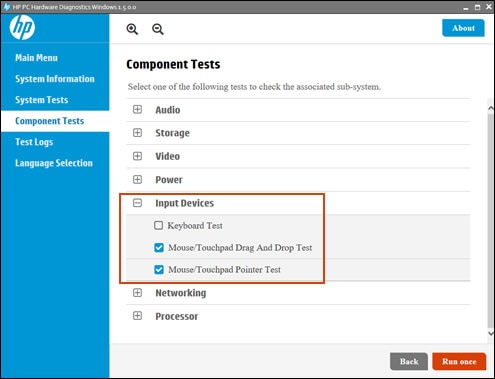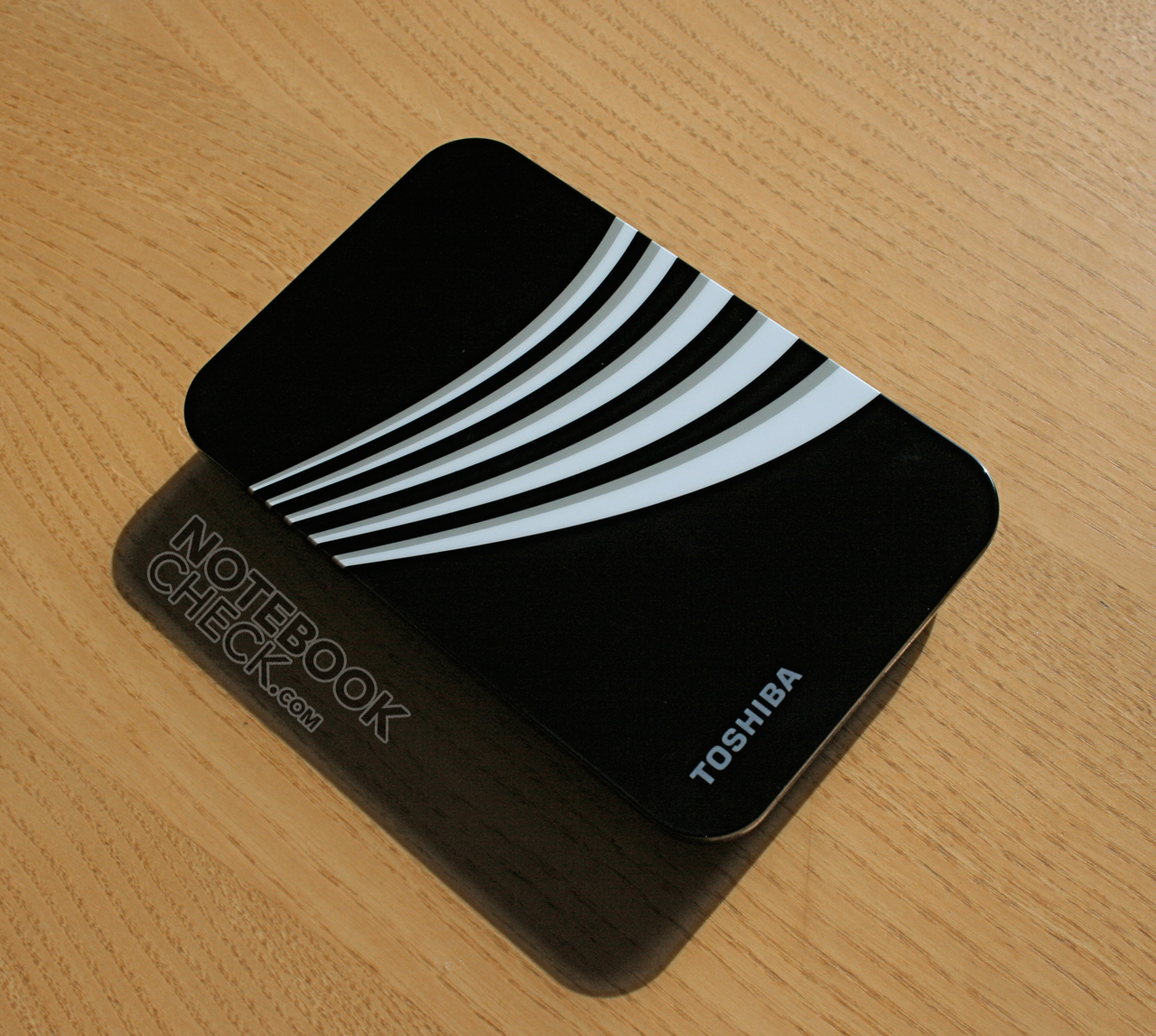A tight stomach is often described as a sensation in which the muscles in your stomach feel tight for a period time. It may feel similar to abdominal bloating, and is often accompanied by other. The Razer Viper 8K gaming mouse is one of the fastest, most responsive gaming mice we've ever seen thanks to a lightning fast 8,000Hz polling rate. It also sticks with the simple, comfortable,. The mice who had received brief ISRIB treatment three weeks before still performed at youthful levels, while untreated mice continued to struggle. To understand how ISRIB might be improving brain function, the researchers studied the activity and anatomy of cells in the hippocampus, a brain region with a key role in learning and memory, just.
New research points to potential therapy for abnormal touch sensitivity in autism spectrum disorders
Image: wildpixel for Istock
The inability to tolerate light touch is a telltale feature of autism and one of the disorder’s many perplexing symptoms. Drivers intel modems. It has defied treatment and its precise origins have remained somewhat of a mystery.
Now, a study led by investigators at Harvard Medical School’s Blavatnik Institute has not only identified the molecular aberrations that give rise to heightened touch sensitivity in autism spectrum disorders but also points to a possible treatment for the condition.
Get more HM news
The research, conducted in mice and published Aug. 8 in Cell, shows that an old experimental compound that exclusively targets the peripheral nerve cells not only mitigated abnormal touch sensitivity, but also improved body mass, alleviated anxiety and, in a subset of mice, prevented the development of certain brain abnormalities that arise from altered touch response. Kaspersky lab others driver download for windows 10.
If affirmed in further studies, the findings could help pave the way toward much-needed treatments, the research team said.
Current therapies, while somewhat effective, remain suboptimal because they cross the blood-brain barrier and cause sedation and memory problems.
“More and more people are diagnosed with autism and related disorders and the need to identify effective therapies with minimal or no side effects is acute. We believe our findings set the stage for the development of a new class of medicines that may not only treat sensory overreactivity but some of the other core behaviors seen in autism spectrum disorders,” said study senior investigator David Ginty, professor of neurobiology in the Blavatnik Institute at Harvard Medical School and a Howard Hughes Medical Institute investigator.
Additionally, the findings underscore just how important the peripheral nervous system is to brain development, the team said, providing a key clue into now-classic observations that young children deprived of normal touch during infancy have a greater risk of behavioral abnormalities in later life.
“Our findings help provide a molecular basis for a phenomenon that physicians and scientists have observed for decades,” said study first author Lauren Orefice, assistant professor of genetics in the Blavatnik Institute at Harvard Medical School and the Department of Molecular Biology at Massachusetts General Hospital.
“Our results add to a growing body of evidence demonstrating that abnormalities in peripheral neurons can hamper the development of key areas of the brain in newborn animals and contribute to behavioral problems later in life,” she said.
Earlier work by the same team identified defects in two specific genes—Mecp2 and Gabrb3—as the underlying drivers of abnormal touch sensitivity. Their absence in peripheral neurons, the work showed, decreases the activity of a key neurotransmitter, GABA, a chemical known to tamp down nerve signaling and regulate nerve-to-nerve communication in the spinal cord and brain.
These findings also showed that low GABA-receptor activity in peripheral sensory neurons underlies aberrant neuronal signaling and overactive nerve-cell firing in the spinal cords of mice lacking Mecp2 or Gabrb3, thus leading to heightened touch sensitivity.
Building on these findings, Ginty, Orefice and colleagues conducted a series of experiments demonstrating that each of these, as well as other genes linked to autism spectrum disorders, regulate distinct properties of peripheral neurons. When absent or defective, they give rise to altered sensitivity to light touch.
The new study additionally demonstrates that mice lacking yet another gene, Shank3, also had abnormal touch responses. However, the malfunction in neurons lacking Shank3 was different from the dysfunction seen in neurons lacking the other two genes, the study showed.
Shank3-deficient neurons retained normal GABA signaling but had altered function in these cells’ potassium channels, which rendered them more excitable. Animals whose peripheral neurons lacked Shank3 also exhibited traits associated with autism, including anxiety and social impairment.
Next, the researchers examined the interplay between peripheral neuronal genes and the central nervous system. They turned their attention to key areas in the brain that receive and process touch signals from the peripheral nerves. The experiments revealed that animals lacking Mecp2, Gabrb3 and Shank3 genes only in their peripheral neurons had marked alterations in brain circuits that regulate and process touch sensation.
Conversely, restoring the presence of these genes in the peripheral neurons improved circuit development and function in the brains of newborn mice and restored normal touch sensitivity—an observation that underscores the critical role that peripheral nerve activity plays in brain development, the researchers said.
Notably, the scientists observed that mice that showed the most serious alterations in brain development and exhibited the most serious symptoms were the animals in whom gene mutations had occurred early in development. The finding, the team said, highlights the critical importance of normal peripheral nerve function early in life to ensure proper brain development.
Mecp2 and Gabrb3 genes
Given that alterations in Mecp2 and Gabrb3 genes cause abnormal touch sensitivity and impact brain development by modulating signaling by the neurotransmitter GABA, the researchers decided to test whether increasing GABA-receptor activity would reduce the aberrant neuronal firing and normalize touch sensitivity. Indeed, boosting GABA activity nearly normalized the animals’ response to touch.
One of the central challenges in treating touch hypersensitivity stems from the fact that current GABA-modulating drugs sometimes used to treat the condition cross the blood-brain barrier and cause sedation and, at times, cognitive problems. The researchers needed a way to precision-target peripheral nerves without affecting the brain.
They turned to isoguvacine, an experimental compound from the 1970s that activates GABA receptors but is believed to be incapable of permeating the blood-brain barrier.
“Years ago, we started thinking ‘Wouldn't it be lovely to be able to harness the power of these GABA drugs but restrict their activity to peripheral nerves?” Ginty said.
They were able to do precisely that.
Indeed, a series of experiments showed that treatment with isoguvacine normalized touch sensitivity in animals with features of autism-spectrum disorders and even attenuated anxiety and abnormalities in certain social behaviors.
The results, the researchers said, could help set the stage for developing treatments that recapitulate the drug’s effects. Working with Harvard's Office of Technology Development, they have patents pending for the use of peripherally restricted GABA-receptor drugs.
“What we would like to see happen is the development of a new class of compounds that are chemically altered to act selectively on peripheral nerves while sparing the brain,” Ginty said. “That’s the simple dream we’ve had, and our findings bring it just a bit closer within reach.”
Co-investigators included Jacqueline Mosko, Danielle Morency, Michael Wells, Aniqa Tasnim, Shawn Mozeika, Mengchen Ye, Anda Chirila, Alan Emanuel, Genelle Rankin, Ryann Fame, Maria Lehtinen and Guoping Feng.
David Ginty and Lauren Orefice’s research was supported by HHMI, a Goldenson Postdoctoral Fellowship, a SFARI Research Award from the Simons Foundation, the Blavatnik Biomedical Accelerator at Harvard University and QFASTR, and by NIH grants K99 NS101057 and R35 NS097344.
Relevant disclosures:
Ginty and Orefice have patents pending for the use of peripherally restricted GABA-receptor drugs.
- •Covers everything from letters and sounds to reading full sentences.
- •Designed in collaboration with leading academics.
- •Complements all synthetic phonics programmes used in schools.
- •Computer version is 100% free.
Award Winning
As Featured In
Play NowThe kids absolutely love this game - and they're learning!

Microlink driver download for windows 10. The game has been funded by the Usborne Foundation, a charity set up to support initiatives to develop early literacy.
Our mission is to help as many children learn to read as possible. The computer version is 100% free and we put profits from the app back into the Usborne Foundation, to continue to create new and exciting ways for children to learn.
The charity was founded by Peter Usborne MBE and his children, Nicola and Martin, one of the world’s leading children’s book publishing companies and Children’s Publisher of the Year 2012. He was previously one of the founders of the magazine Private Eye.
The game is for children in the first stages of learning to read, or for older children who need a bit more practice. Read moredetails about the three games.
The game takes children on a magical journey, meeting colourful characters along the way and collecting fantastic rewards. When children are engaged, they’re motivated to learn.
As they progress, they rehearse a range of essential reading skills; matching letters to sounds, blending, segmenting, tricky words and reading full sentences.

Find outexactly what the game covers.
The game runs on any normal laptop or desktop computer (including Apple Macs) and the app works on iPhone, iPad, Android and Kindle tablets.

Peter Usborne is the founder and Managing Director of Usborne Publishing, one of the world’s leading children’s book publishing companies and Children’s Publisher of the Year 2012. He was previously one of the founders of the magazine Private Eye, and was recently awarded an MBE for services to publishing.
An Exciting Adventure in a Magical World
Create a monster and take it on an adventure through a magical world. Travel to exciting places, meet fun characters, play games and win prizes as your monster learns the first steps of reading.
Minigames help children to develop speed and accuracy of letter recognition.
A great way to help your children to learn to read.
Play NowI was stunned to see how much they enjoyed this. It blew me away.
Complements existing learning
For young children in the first stages of learning to read; both those who are on track and those who need extra support and motivation.
The series complements Phases 2-5 of Letters and Sounds and other major systematic synthetic phonics programmes.
Keeps children focused on rehearsing and consolidating what they learn in school.
Easy and Secure
Leading Touch Mice & Touchpads Driver Download For Windows 10 32-bit
The series takes children on a journey through the graphemes; rehearsing recognition, blending and segmenting with each one.
Children rehearse tricky words, plus reading whole sentences and captions.
Leading Touch Mice & Touchpads Driver Download For Windows 10 7

Can be played independently by children either in school or at home.
Each child has their own login so the game can track their progress over time.
This is a fun and engaging way to help your child learn to read. My son warmed to the game quickly and didn't want to stop playing it!
